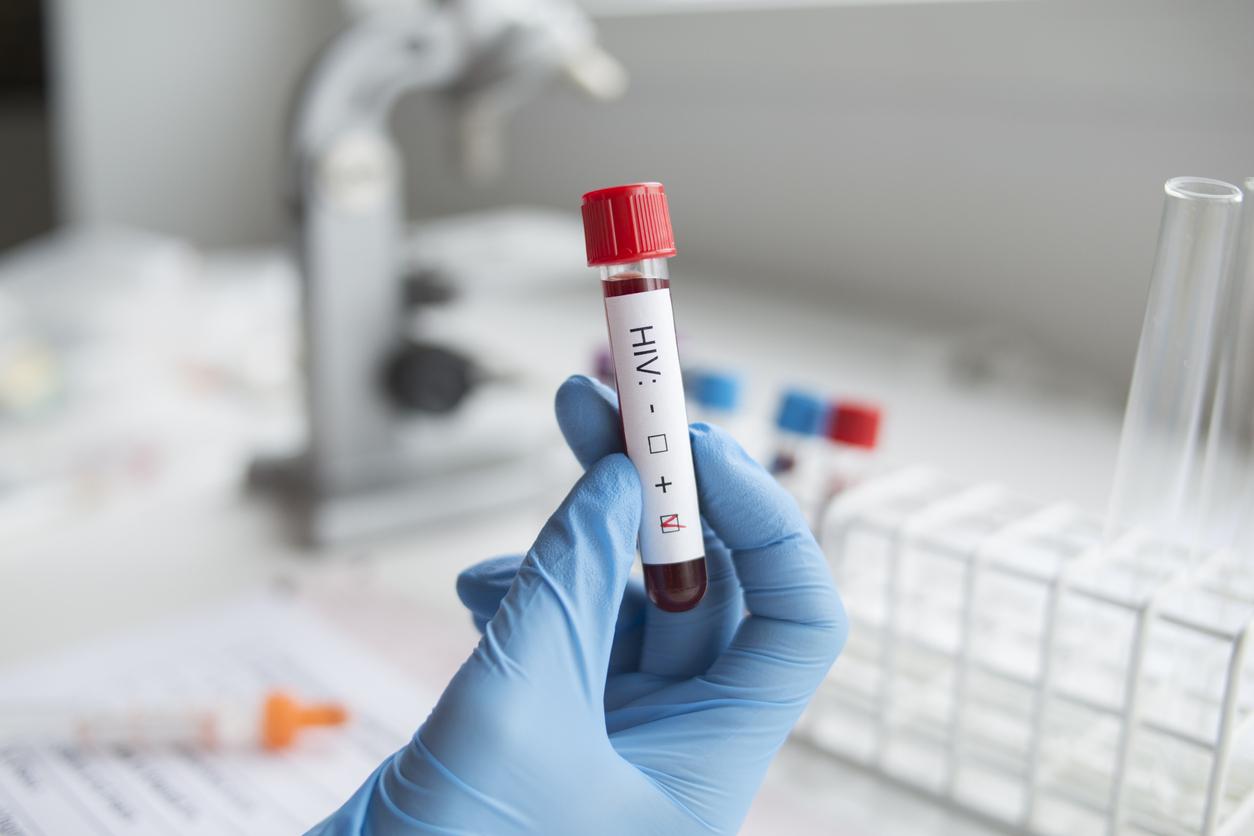This new strain of the human immunodeficiency virus (HIV), dubbed by researchers 02_AG / A, is believed to be responsible for half of the new infections known in Siberia.
Another worrying fact, this strain would spread at a faster rate than the classic virus. The information, taken up by France Info, was reported by a dispatch from the Russian agency Ria Novosti on October 16.
Researchers at the Vector Institute research center in Koltsovo, near the Siberian city of Novosibirsk, say they first identified this strain in 2006.
Far from having disappeared, the strain would have settled in the country and would explain the skyrocketing contaminations by AIDS in Siberia. While there were 2,000 HIV-positive in 2007, they are officially 15,000 in 2012.
Worse still, this strain did not stop at Russia’s borders. It has been located in Chechnya, Kyrgyzstan and Kazakhstan.
A virus that’s hard to pin down
The different strains of the AIDS virus complicate the task of researchers in the search for a preventive vaccine and / or curative. Since its emergence in the 1980s, the virus has adapted to its environment, becoming increasingly resistant.
Nevertheless, some avenues under study (vaccine, bee venom, circumcision) suggest that it will one day be possible to block the progression of the disease.
There is still a long way to go, but there is some news that brings optimism. UN-AIDS, the United Nations organization that studies the disease, has indeed announced the decline of the epidemic in 2012. If 2.3 million new cases of infection with the AIDS virus were recorded in 2012. This represents a drop of 200,000 people compared to 2011. The number of deaths is also on the decline, with 1.6 million died in 2012, i.e. 100,000 fewer compared to 2011.
















